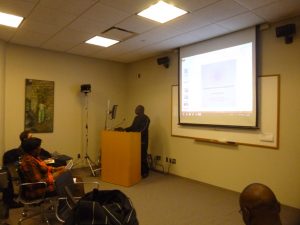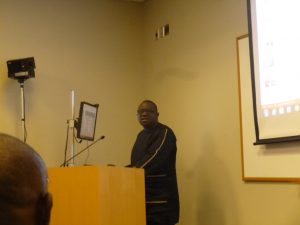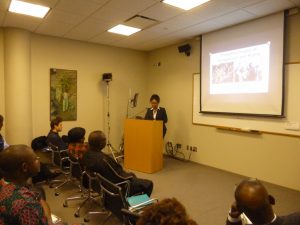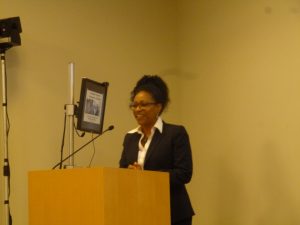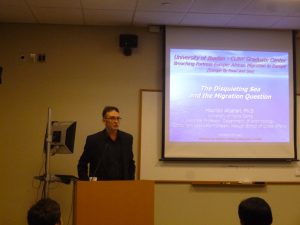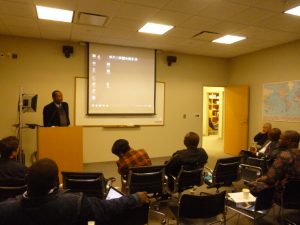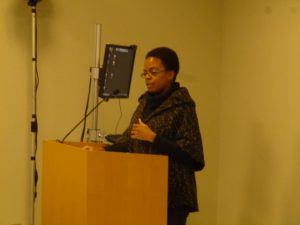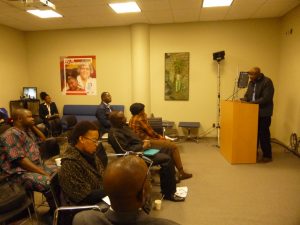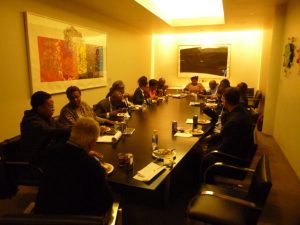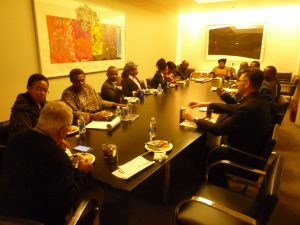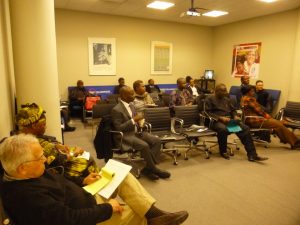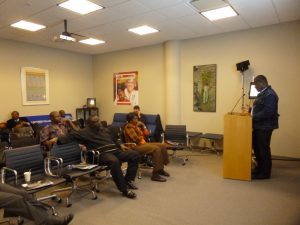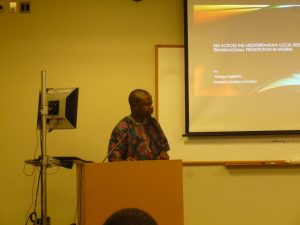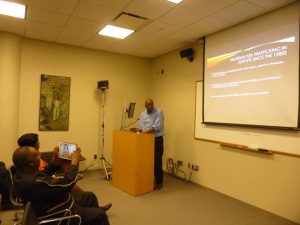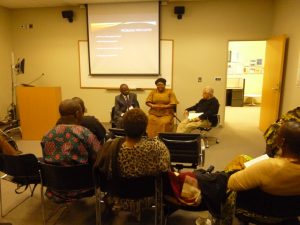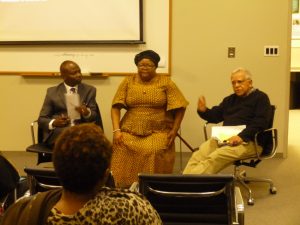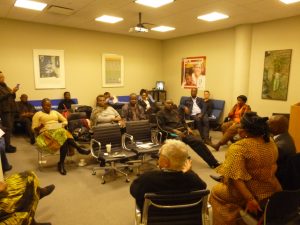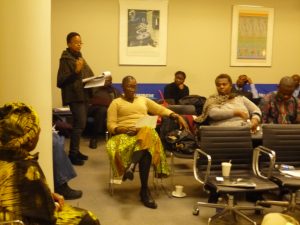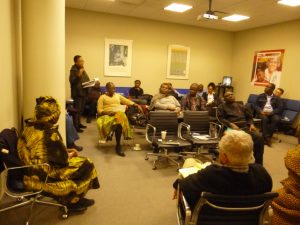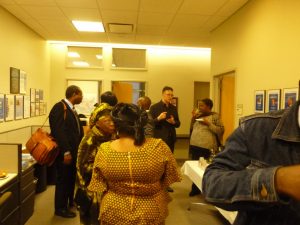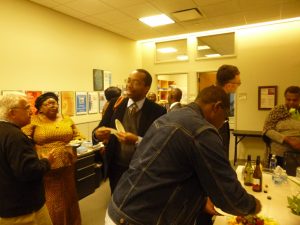What is freedom? Is it the opposite of slavery? Does its meaning remain unchanged across historical and geographic contexts? Does it apply to everyone equally? Professor Henrique Espada Lima’s presentation titled “Vulnerability and Modernity: Reinventing Coercion through Free Labor in the time of Abolition in Brazil” provided thought-provoking answers to these questions. Prof. Lima’s historical approach to the issue of freedom revealed that the content of freedom may vary depending on the historical and politico-economic contexts, as well as the groups of people whose freedom is at stake. In other words, freedom is not a self-explanatory concept similar to other generic concepts of liberal democracy, such as human rights and equality. Its content may be replete with exclusions, limitations and even a kind of bondage in the form of free labor.
The point of departure of Prof. Lima’s long-term research was an inquiry of poverty and precarious labor in slavery and post-emancipation. The broader subject Lima pursued was a specific narrative of freedom presented as an ever-expanding one. Lima’s study on 19th century Santa Catarina, Brazil provides a critical intervention to this progressive understanding of history using sources such as notary records, manumissions, judicial records, legal codes, collections of legislation, parliamentary debates, and legal journals. He contests this narrative by documenting that the transition from slavery to freedom did not necessarily mean an expansion of liberty for the newly freed individuals. It was instead a transition to free labor disguised as contractual freedom.
The productive tension between the large questions and local answers is one of the major sources of the critical capacity of Lima’s research. We cannot decipher the actual relationship between slavery and freedom by treating them as ahistorical and universal concepts. For instance, Lima’s research reveals that slavery had a very different meaning in 19th Century Brazil than its North American form. Far from being limited to plantations, it was deeply engrained and normalized in the society. Small property holders, poor individuals and even former slaves could have slaves. It had a significant place in social body and economic activities.
As Lima’s research reveals, the meaning of freedom was also very different from its current connotations. The historical documents Lima uses demonstrate that a slave could be freed but still be bound to their former master for extended periods of time (until they pay the price of their freedom through unpaid labor, until the master dies or even after the master’s death). According to Lima, due to the dominant mindset of the era slaves did not consider their precarious situation as an extension of their slavery. To the contrary, they regarded many aspects of these agreements as securing their and their children’s well-being since they were far from self-sufficiency right after gaining their freedom.
In this regard, one important implication of Lima’s study is that it reveals the importance of questioning the meaning and effects of taken for granted concepts. As Lima underlines, the language of freedom was important given the transforming politico-economic relations of the era. Yet its content was rather ambiguous. He insightfully points out that the notion of freedom itself has very rarely been discussed, and this is a contemporary problem as much as a historical one. The dominant discourses of a given era might cloud one’s judgment of the quality of one’s freedom as in the case of these newly freed slaves. Today’s dominant liberal discourse may also cloud our judgment about the quality and extent of our freedom. Freedom defined through a contractual logic suggests that the slaves were free to enter into the contracts that changed their status from slave to free people. Among the limited options the slave chose their freedom whose substance lacks significant characteristics of liberty. The illusion of choice here is very similar to the choices that we make in the 21st Century each time we choose to be parties to unfair labor contracts.
~ Sumru Atuk





